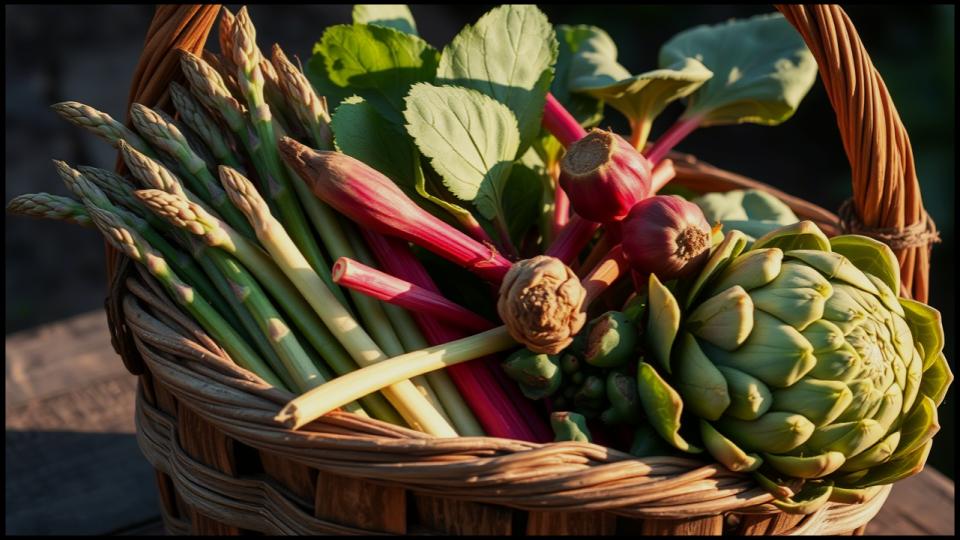
There is a particular magic to a garden that renews itself. Imagine stepping outside in early spring to find tender spears emerging from the warming soil, all without having turned a single seed packet in your hands that year. This isn’t a fantasy; it’s the reality of growing perennial vegetables. These are the steadfast, reliable producers of the plant world—crops you plant once that return year after year, rewarding your initial effort with an increasingly abundant and flavorful harvest. They form the very foundation of a truly sustainable garden, saving you time, work, and money. This article will introduce you to seven of these remarkable plants, guiding you on how to cultivate them into a lasting source of delicious, homegrown food.
Why Perennials Get Better with Age
Before we dig in, you might wonder why these plants improve over time. Unlike annuals, which must channel all their energy into producing seeds in a single season, edible perennials have the luxury of time.
- Deeper Roots, Deeper Flavor: Each year, their root systems delve deeper, accessing a wider range of micronutrients and water from the soil. This complex nutrient uptake translates directly into more nuanced and robust flavors in the harvest. In my own garden, I’ve noticed the asparagus I planted five years ago has a distinctly sweeter, more “green” flavor than it did in its first couple of harvests.
- Established Resilience: A mature plant is simply tougher. It’s better equipped to handle a sudden dry spell, resist pests, or bounce back from an unexpected late frost, leading to healthier growth and a more consistent, high-quality yield. They are the epitome of low-maintenance gardening.
Asparagus: The Regal Spear of Spring
There’s a reason asparagus is often considered the king of perennial vegetables. Establishing a bed is a true investment in future flavor, one that will pay delicious dividends for up to 20 years or more.
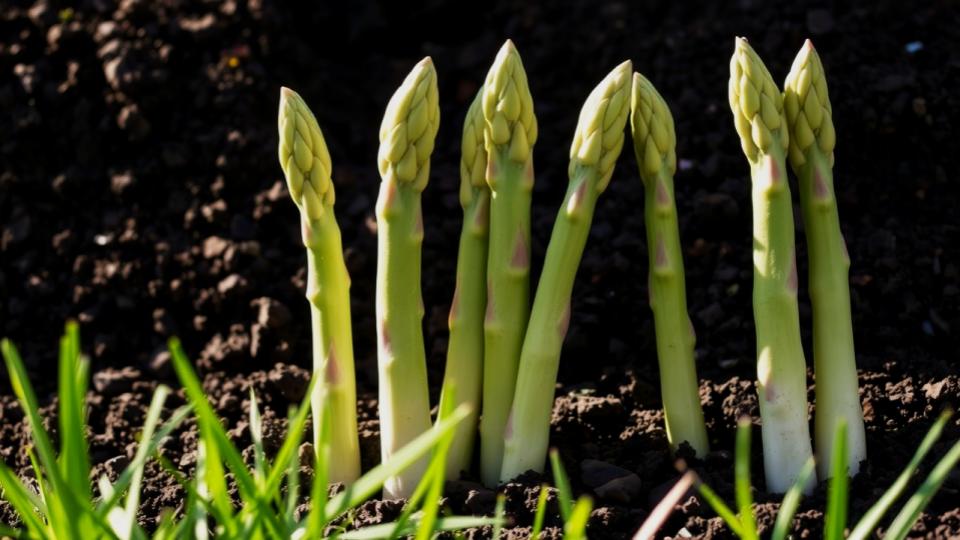
Why It’s a Staple: Once established, an asparagus bed requires surprisingly little care beyond feeding, weeding, and the patience to let it rest after its harvest season.
Planting & Care: The best way to start is with 1- or 2-year-old crowns (clumped root systems) planted in a trench of richly composted, well-draining soil. According to the University of Minnesota Extension, patience is the most crucial ingredient. You must resist the temptation to harvest at all during the first year, as this allows the plant to pour all its energy into developing a robust root system. After the cutting season is over (usually 4-6 weeks), you must let the remaining spears grow into their tall, feathery fern-like foliage. This is how the plant photosynthesizes and stores energy for the following year’s crop.
Harvesting for Flavor: Begin harvesting in the second or third year, when the spears are about the thickness of a pencil. Snap them off at the base. You’ll notice that as the patch matures, the spears become thicker, more tender, and more plentiful.
Rhubarb: The Cheerful, Tart Stalk
Known affectionately as the “pie plant,” rhubarb brings a delightful, tangy flavor to the garden long before the first summer fruits appear. Its large, sculptural leaves also add a wonderful architectural element to the garden bed.
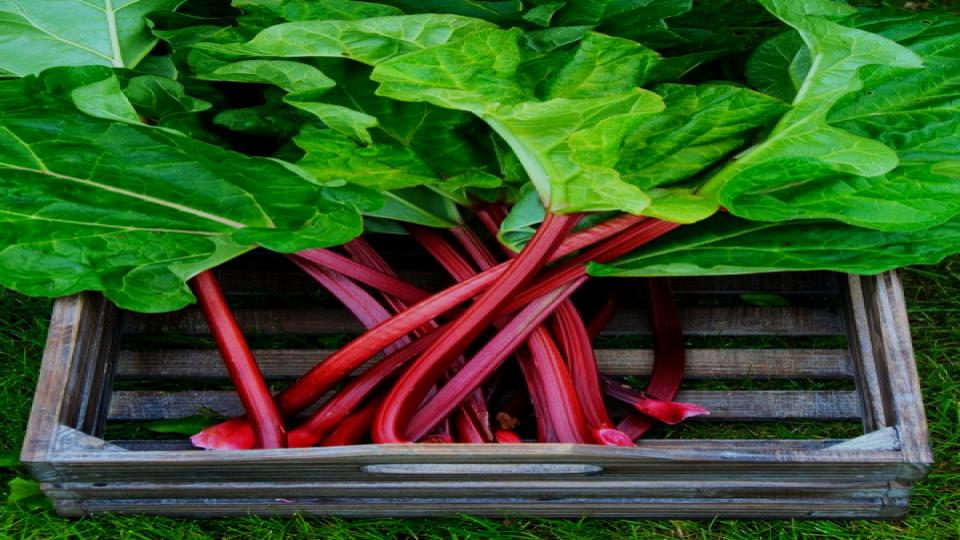
A Word of Caution: It is critical to remember that only the stalks of the rhubarb plant are edible. The leaves contain high levels of oxalic acid and are toxic, so be sure to compost them far away from curious pets or livestock.
Planting & Care: Rhubarb thrives in a sunny spot with fertile, well-drained soil. Give each plant a generous three-foot-wide space to unfurl its impressive leaves. A common mistake I see is gardeners failing to remove the flower stalks that shoot up in late spring. By cutting these off at the base, you redirect the plant’s energy from seed production back into creating more delicious stalks.
Harvesting for Longevity: Like asparagus, avoid harvesting in the first year. From the second year on, harvest stalks that are at least an inch thick by grabbing them at the base and pulling with a gentle twist. The Royal Horticultural Society advises never to take more than half the stalks from a single plant at one time to ensure it remains vigorous.
Globe Artichokes: The Gourmet Edible Flower
Growing artichokes feels like a truly gourmet endeavor, yet they can be surprisingly resilient. The prize is the immature flower bud, which, when steamed or roasted, yields the delightfully nutty and tender heart.
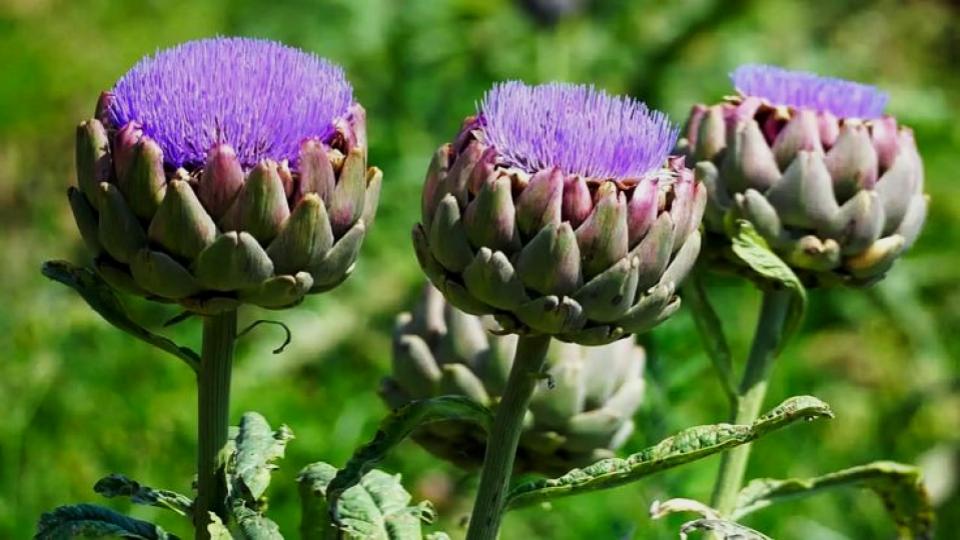
Choosing the Right Plant: For most climates, you’ll want to grow Globe Artichokes (Cynara cardunculus var. scolymus) as a perennial. They can be grown from seed but starting with dormant roots gives you a significant head start. In colder zones (below Zone 7), they require a heavy winter mulch to protect the crown from freezing temperatures. In my own Pacific Northwest garden, a thick layer of straw is all my artichokes need to return reliably each spring.
Care & Harvest: Artichokes are heavy feeders and drinkers. Provide them with rich soil and consistent water for the best bud development. Harvest the globes when they are still tight and firm and about 3-4 inches in diameter. If you wait too long, the “choke” inside becomes tough, and the petals open into a stunning, but largely inedible, purple flower.
Garlic Chives: The Workhorse of the Herb Garden
More robust and with a flatter leaf than their common chive cousins, garlic chives (Allium tuberosum) are an absolute must-have. They deliver a lovely, mild garlic flavor that enhances countless dishes, and their beautiful white, star-shaped flowers are a magnet for pollinators in late summer.
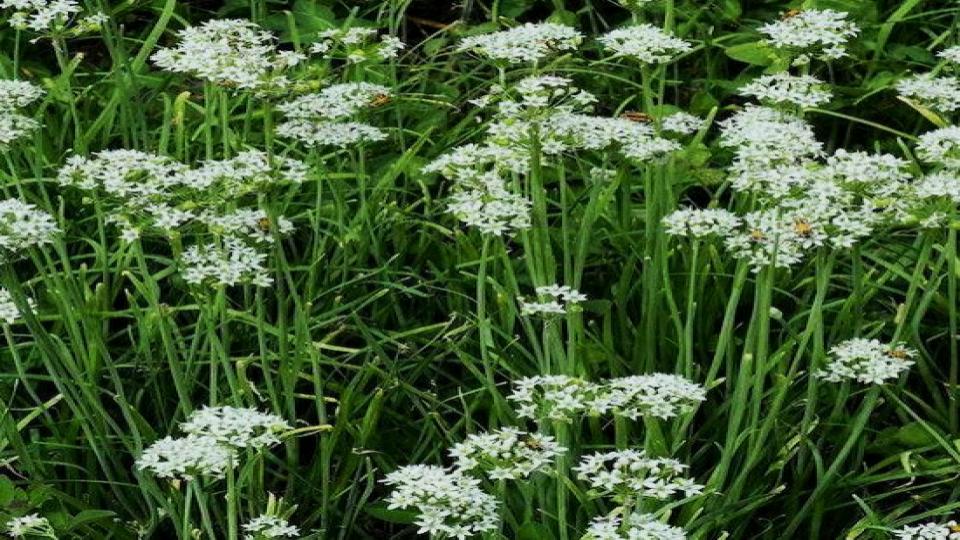
Effortless to Grow: These are some of the easiest edible perennials to cultivate. Plant them from seed or divisions in a sunny spot, and they will likely thrive, even in average soil. Their clumping habit is generally well-behaved, but they can self-seed, so be sure to deadhead the flowers if you want to prevent them from spreading. I love to let a few flowers bloom for the bees, then snip them for a beautiful and flavorful garnish on salads.
A Continuous Harvest: You can begin snipping the leaves as soon as the plant is established. It’s a true “cut-and-come-again” crop; the more you trim, the more it seems to grow.
Sorrel: The Zesty, Lemony Green
If you crave fresh, vibrant greens, French sorrel (Rumex scutatus) is a game-changer. It’s one of the very first plants to emerge in the spring, often weeks before lettuce is ready. Its bright, lemony tang is a perfect wake-up call for the palate.
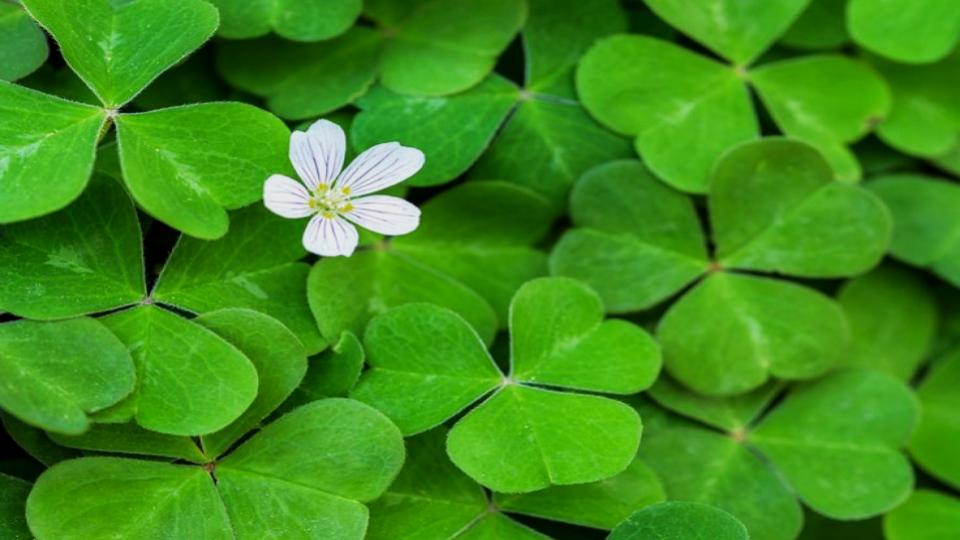
Planting & Care: Sorrel is easily grown from seed and prefers a spot that gets some afternoon shade, especially in hotter climates. Like rhubarb, it will send up a flower stalk (“bolt”) as the weather warms. Snipping this off will prolong the production of tender leaves.
Harvesting: Harvest the smaller, outer leaves for the best texture and flavor. They are sublime when added raw to salads, wilted into sauces (especially for fish), or blitzed into a vibrant spring soup.
Horseradish: The Fiery, Pungent Root
A little bit of horseradish goes a long way, and luckily, a single plant can provide all you need for years. Its aggressively spicy, pungent flavor comes from the root, which is fantastic when grated into sauces for roast beef or as a zingy addition to cocktail sauce.
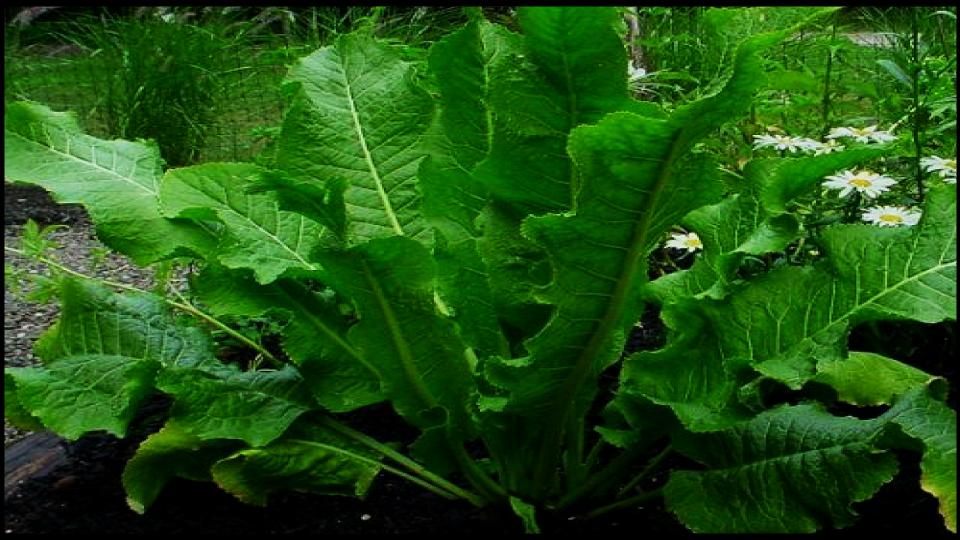
Containment is Key: Let me offer a piece of advice born from experience: Do not plant horseradish directly in your main garden bed unless you want a horseradish forest. It spreads vigorously through its roots. The best practice, as advised by institutions like the University of Illinois Extension, is to plant it in a large, bottomless pot buried in the ground to constrain its growth.
Harvesting: The flavor of the root is best after the first fall frosts have sent the plant’s energy downward. Carefully dig up the main root and a few side roots, replanting one or two good pieces for the following year’s crop.
Daylilies: The Unexpectedly Delicious Flower
Here is where we step into truly fascinating culinary territory, but it comes with an essential safety rule. We are talking exclusively about the common Daylily (Hemerocallis fulva), also known as the “ditch lily,” and other known edible Hemerocallis varieties. True lilies, from the Lilium genus, are toxic and should never be eaten.
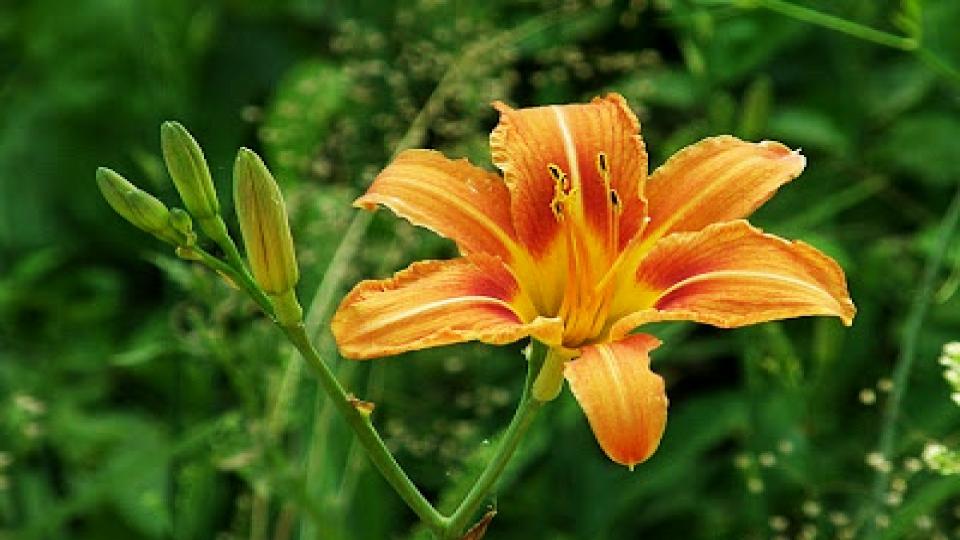
An Ornamental Edible: Once you’ve made a positive identification, you’ll discover a delightful vegetable. The unopened flower buds are fantastic when sautéed or steamed, with a flavor reminiscent of a green bean crossed with asparagus. The petals of the opened flowers are also edible, with a slightly sweet, crisp texture perfect for salads. My go-to is the common orange Hemerocallis fulva because its flavor is reliable and it is famously easy to grow.
Care & Harvest: Daylilies are famously tolerant of almost any soil condition and are drought-resistant once established. Simply pick the unopened buds when they are plump or pluck the petals from fresh blossoms in the morning.
A Garden That Gives Back
Embracing perennial vegetables is more than just a gardening technique; it’s a shift in perspective. It’s about creating a partnership with your garden, where your initial investment of effort is repaid with years of returning beauty and flavor. By dedicating a corner of your yard to these seven resilient plants, you are building a more permanent, productive, and deeply rewarding edible landscape. So, pick one or two that intrigue you, prepare the soil with care, and get ready to enjoy a harvest that truly gets better with every passing season.
